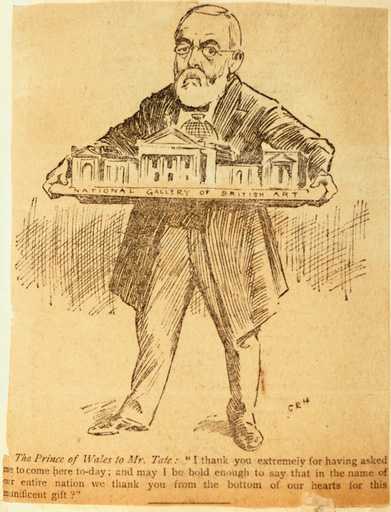As every alchemist will tell you, the hare is an old symbol of natural change or resurrection. Whether we take it for that is another matter. In Christianity, the Easter rabbit is associated with the resurrection of Jesus Christ – the ultimate transformation story. Joseph Beuys would have known the potency of such symbols when he transformed a jewel-encrusted replica of the crown of Ivan the Terrible into a sculpture of a hare as a sign of peace for documenta VII, Kassel, in 1982.
After a work of art is made it inevitably becomes something else – by virtue of its context, its viewer, its interpretation, the passing of time. When Malevich painted Black Square on a White Ground in 1914–15 he had his own initial ideas about it: ‘Were humanity to draw an image of the Divinity after its own image, perhaps the black square is the image of God as the essence of his perfection on a new path for today’s fresh beginning.’ However, the Russian avant-garde would often be aligned with revolutionary politics, and Malevich’s square has become an icon of hard-edged early modernist abstraction.
In this issue, Gabriel Ramin Schor places Malevich’s painting in another context within his essay on blackness. Elsewhere, the idea of transformation appears in different forms. As Esther Leslie writes, it was Kandinsky’s explorations of colour (which he called ‘vibrations of the soul’) that partly influenced Oskar Fischinger in his films and paintings – including his animation for Disney’s Fantasia. Howard Hodgkin says he has ‘never painted an abstract painting in my life’, but his works can suggest otherwise. Meanwhile, Pierre Huyghe likes to play with a sense of transformation, disrupting notions of ownership and identity - both as the artist, and within the subjects he chooses. In The Third Memory, Huyghe asked John Wojtowicz – the man responsible for a well-publicised hostage-taking in Brooklyn in 1972 and played by Al Pacino in Lumet’s film Dog Day Afternoon – to re-enact an episode in his own life. Huyghe questions what is fact and what is fiction, but he never makes concrete the meaning of his work.
But, like you, we live in fluid times, do we not Henry?
With best regards
Bice Curiger and Simon Grant


